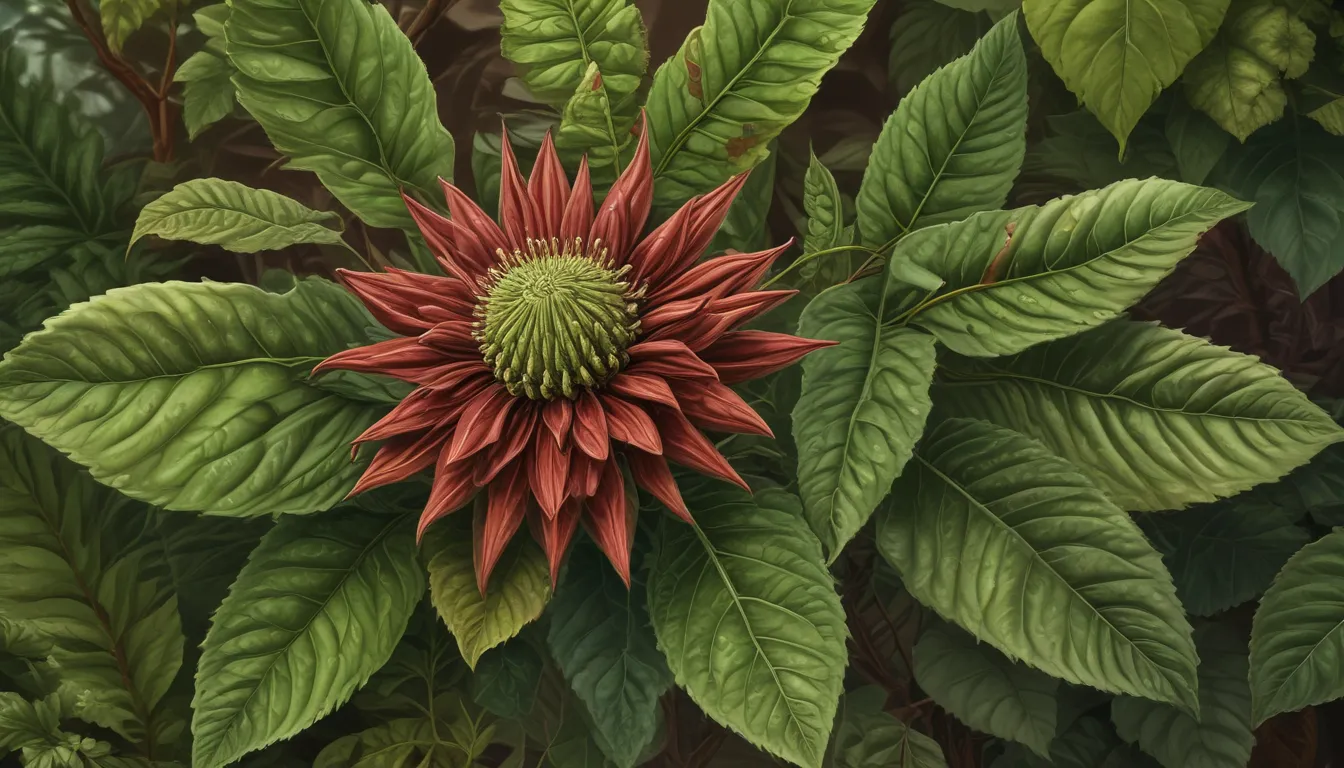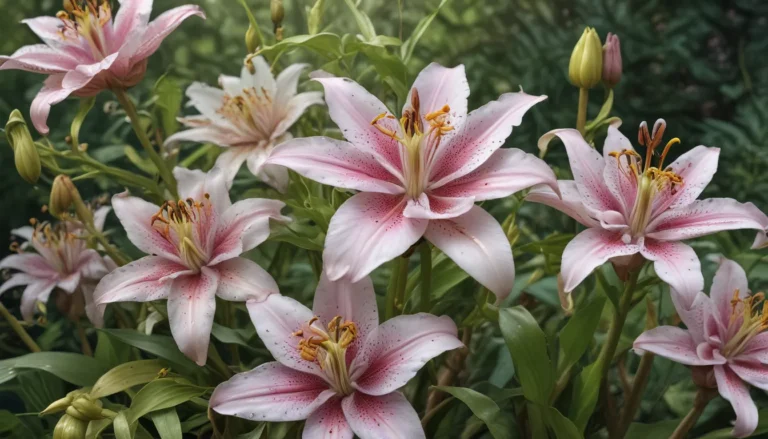The pictures we use in our articles might not show exactly what the words say. We choose these pictures to make you interested in reading more. The pictures work together with the words but don’t take their place. The words still tell you the important facts.
Are you ready to embark on a journey of discovery and fascination with one of nature's most intriguing specimens? The castor bean plant, scientifically known as Ricinus communis, is not just a plant; it is a botanical marvel that has captured the imaginations of people around the world. From its toxic seeds to its wide array of uses, the castor bean plant is a plant like no other. Let's delve into the astonishing world of the castor bean plant and uncover its hidden secrets and remarkable features.
Unraveling the History and Origins of the Castor Bean Plant
The castor bean plant has a rich history that dates back centuries. Cultivated for various purposes, including medicinal, industrial, and ornamental uses, this versatile plant has stood the test of time. Native to the tropical regions of Africa and India, the castor bean plant has spread to different parts of the globe, finding its place in gardens, landscapes, and even in pharmaceutical and industrial applications.
Embracing the Rapid Growth and Impressive Characteristics
One of the most striking features of the castor bean plant is its rapid growth. In a single growing season, this plant can reach towering heights of up to 15 feet, showcasing its vigor and vitality. The large, palm-shaped leaves of the castor bean plant can measure up to 2 feet in diameter, making a bold and impressive statement in any setting.
Unveiling the Mysteries of the Castor Bean Plant’s Seeds and Fruit
The castor bean plant produces unique spiky fruit capsules that contain its toxic seeds. These capsules start off green and later turn brown and brittle when ripe. However, it is crucial to note that the seeds of the castor bean plant are highly poisonous due to the presence of ricin, making them a potent and dangerous substance.
Exploring the Versatile and Beneficial Uses of Castor Oil
Despite the toxicity of its seeds, the castor bean plant has a valuable commercial use - the extraction of castor oil. This multipurpose oil is utilized in various industries such as pharmaceuticals, cosmetics, and lubricants. Known for its medicinal properties, castor oil offers a wide range of health benefits and is a versatile ingredient in many products.
Embracing the Adaptability and Resilience of the Castor Bean Plant
The castor bean plant is a resilient and adaptable plant that can thrive in diverse environments. Its ability to tolerate drought makes it a suitable candidate for cultivation in dry regions, where it can conserve water and survive challenging conditions. Moreover, the extensive root system of the plant enables it to access nutrients and water from the soil, ensuring its survival in various settings.
Celebrating the Beauty and Significance of the Castor Bean Plant
With its large leaves, unique fruit capsules, and tall stature, the castor bean plant is a sought-after plant for ornamental purposes. It adds a touch of tropical beauty to gardens and landscapes, captivating the hearts of gardeners and plant enthusiasts alike. In some cultures, the plant holds symbolic value, believed to bring good luck, ward off evil spirits, and possess mystical powers.
Nurturing the Health and Healing Properties of the Castor Bean Plant
In traditional medicine systems, various parts of the castor bean plant, including the seeds, leaves, and oil, have been utilized for their healing properties. From anti-inflammatory effects to analgesic benefits, this plant has been a source of natural remedies for centuries.
Embracing the Industrial Applications of Castor Oil
Castor oil derived from the castor bean plant is not just limited to medicinal uses. It has a wide range of industrial applications, including the production of biofuels, paints, plastics, and lubricants. Its versatility and usefulness make it a valuable resource in various industries.
Conclusion: The Enduring Legacy of the Castor Bean Plant
In conclusion, the castor bean plant stands tall as a remarkable botanical specimen with a rich history and extensive uses. From its stunning appearance to its valuable properties in various industries, this plant continues to captivate and inspire. Whether it's for its ornamental beauty, oil extraction, or as a source of biodiesel, the castor bean plant remains a versatile and enduring plant with a wealth of astonishing facts and benefits.
FAQs: Your Burning Questions, Answered
-
Q: Can the castor bean plant be grown indoors?
A: Yes, the castor bean plant can be grown indoors with proper care and sunlight. Regular pruning may be necessary to manage its size. -
Q: Is the castor bean plant poisonous?
A: Yes, the seeds of the castor bean plant contain ricin, a toxic substance that can be harmful if ingested. Caution is advised, especially around children and pets. -
Q: Can castor oil be extracted from the castor bean plant?
A: Yes, castor oil is derived from the seeds of the castor bean plant and has a wide range of commercial applications. -
Q: Are there any medical uses for castor oil?
A: Yes, castor oil has been used for its laxative effects and is believed to have anti-inflammatory and antimicrobial properties. Consult a healthcare professional before use. -
Q: Are there any other uses for the castor bean plant?
A: Apart from castor oil, the castor bean plant has uses in organic fertilizers, textiles, and paper production.
Join Us in the Fascinating World of the Castor Bean Plant
As we unravel the astonishing facts and mysteries of the castor bean plant, we invite you to join us on this journey of exploration and discovery. With its captivating history, versatile uses, and remarkable characteristics, the castor bean plant continues to amaze and inspire. Embrace the beauty and wonder of this extraordinary plant as we delve deeper into its unique features and hidden gems. Let the castor bean plant ignite your curiosity and passion for the natural world, offering a glimpse into the fascinating realm of botanical wonders.






